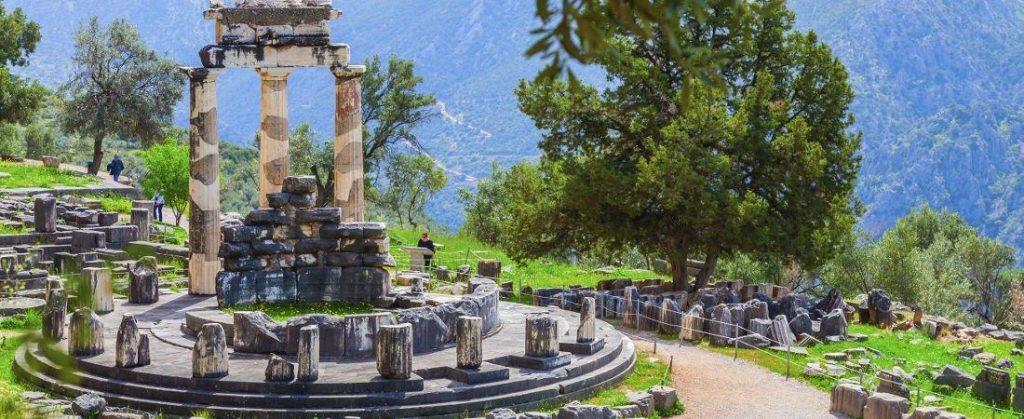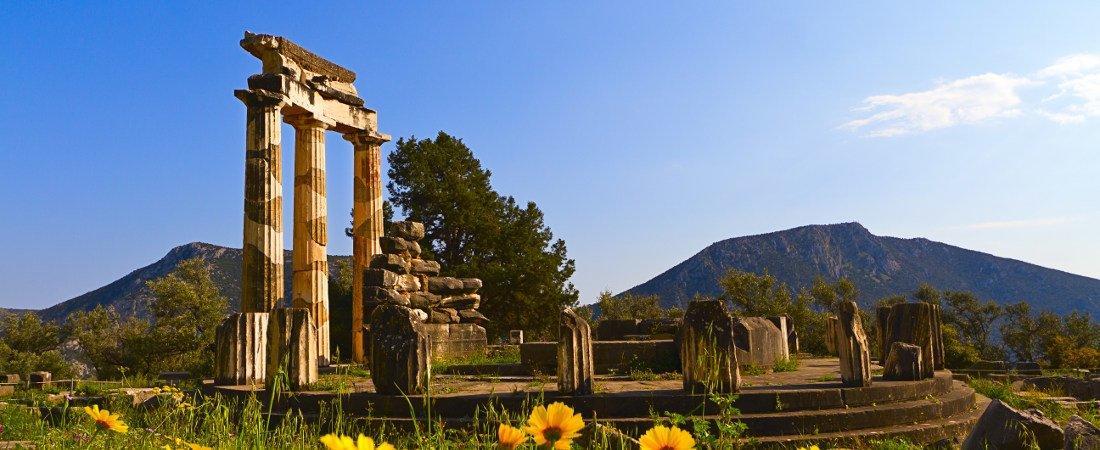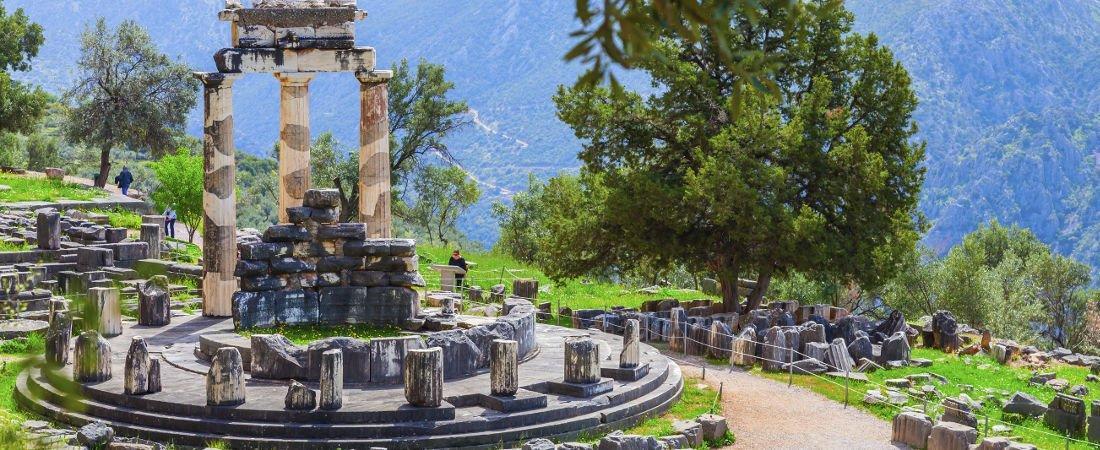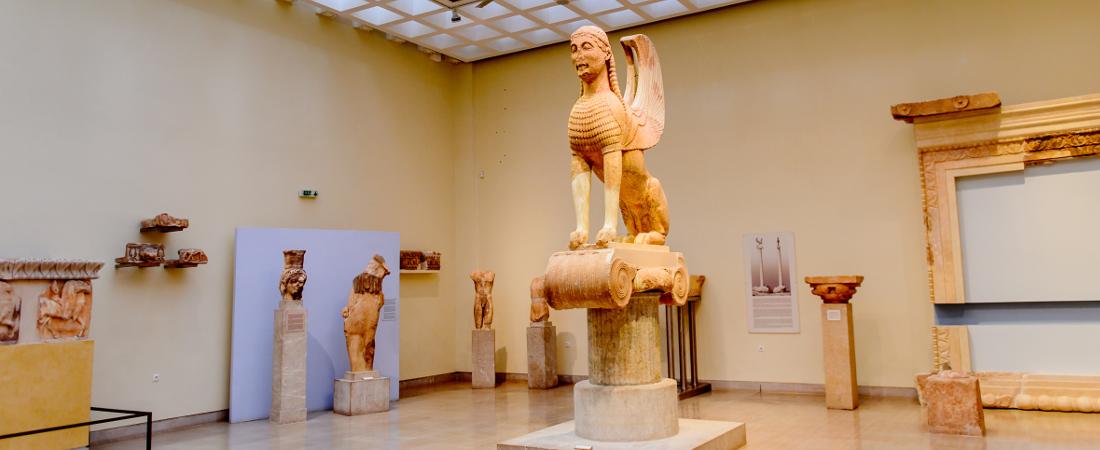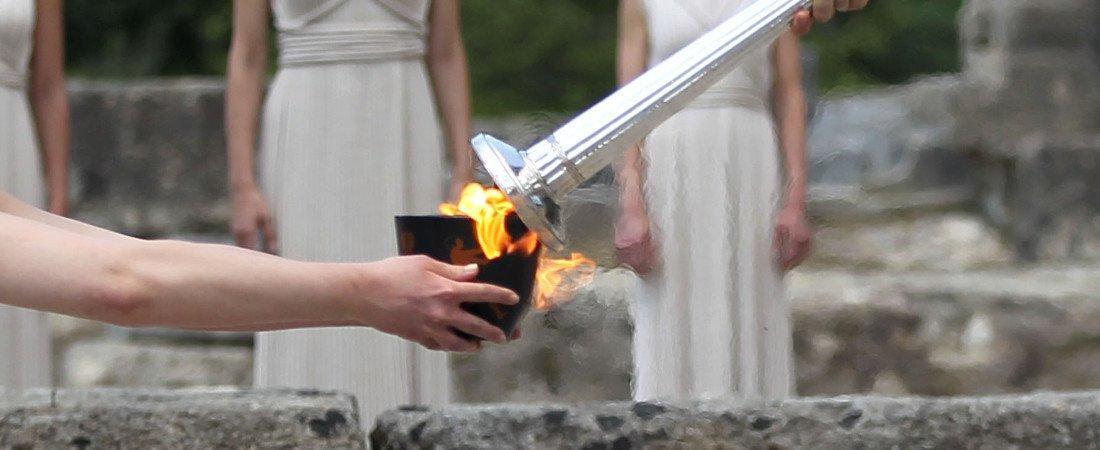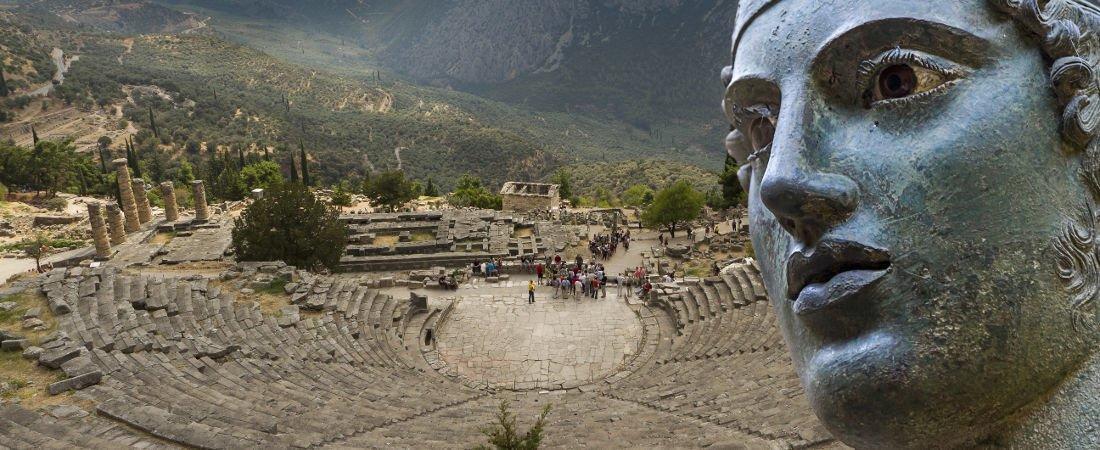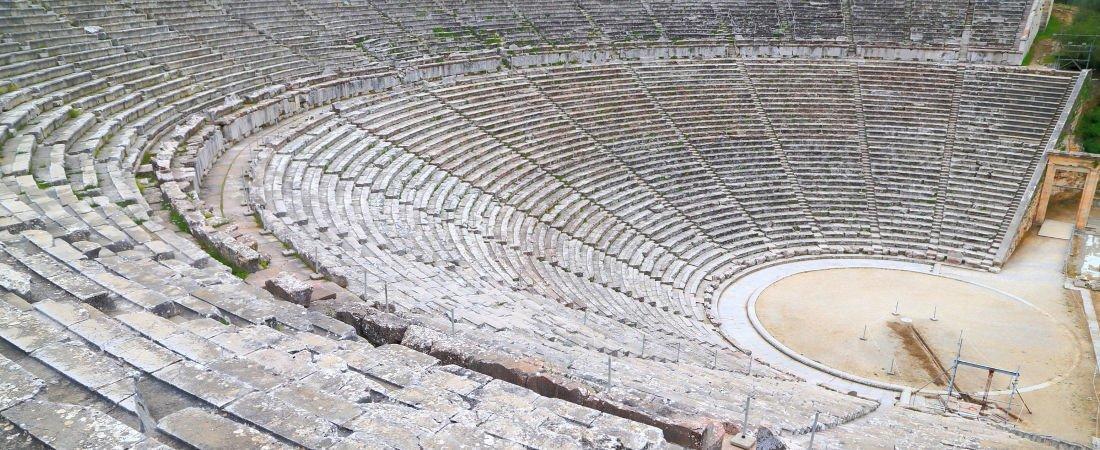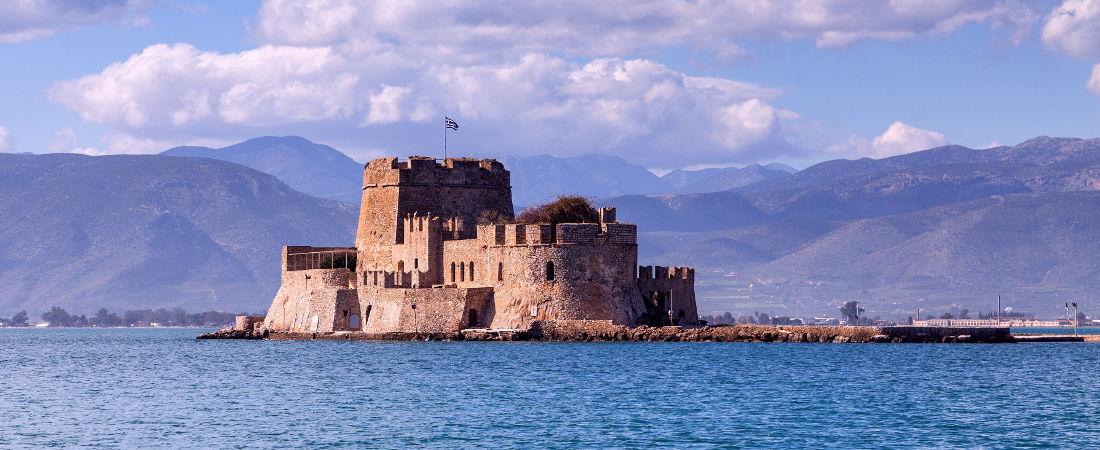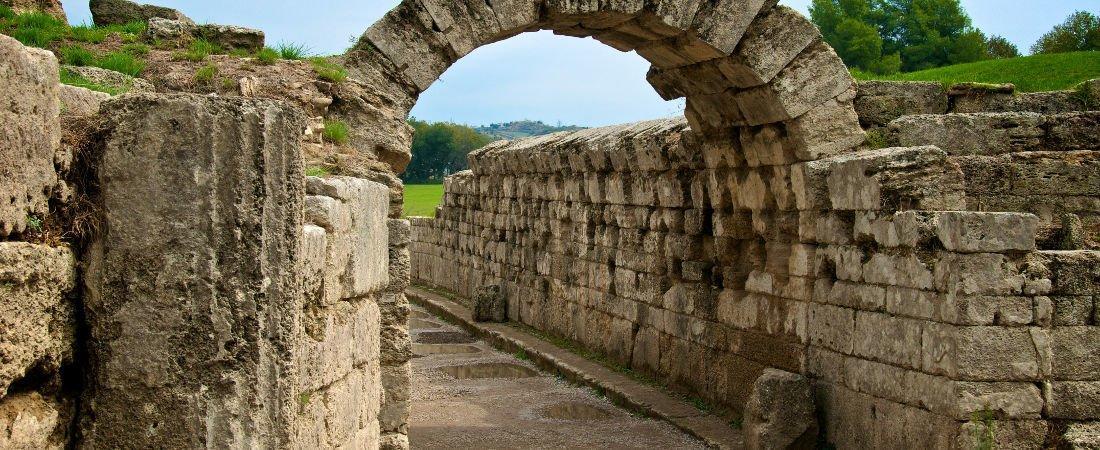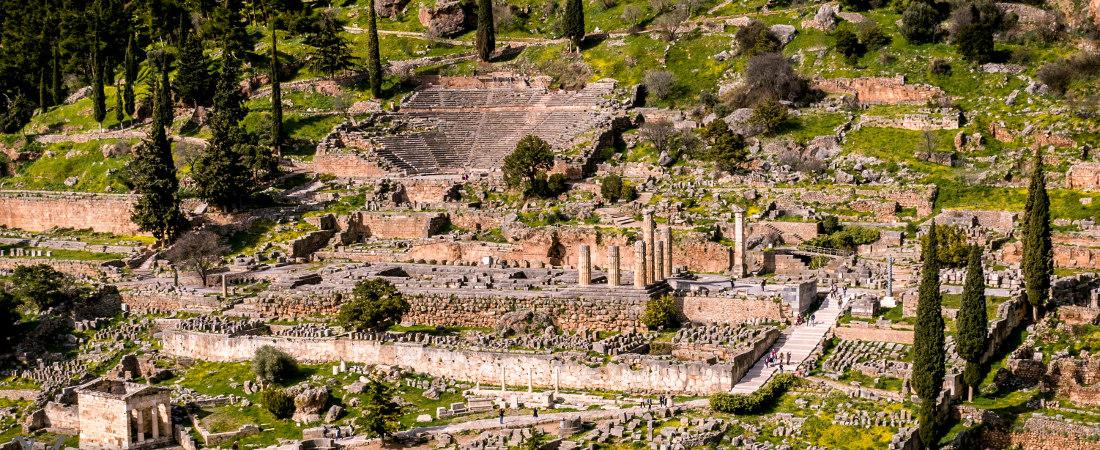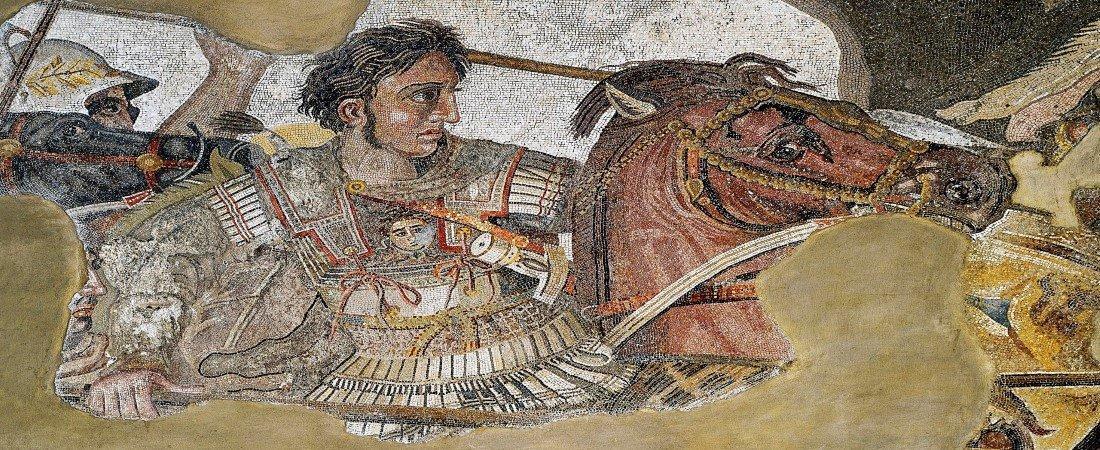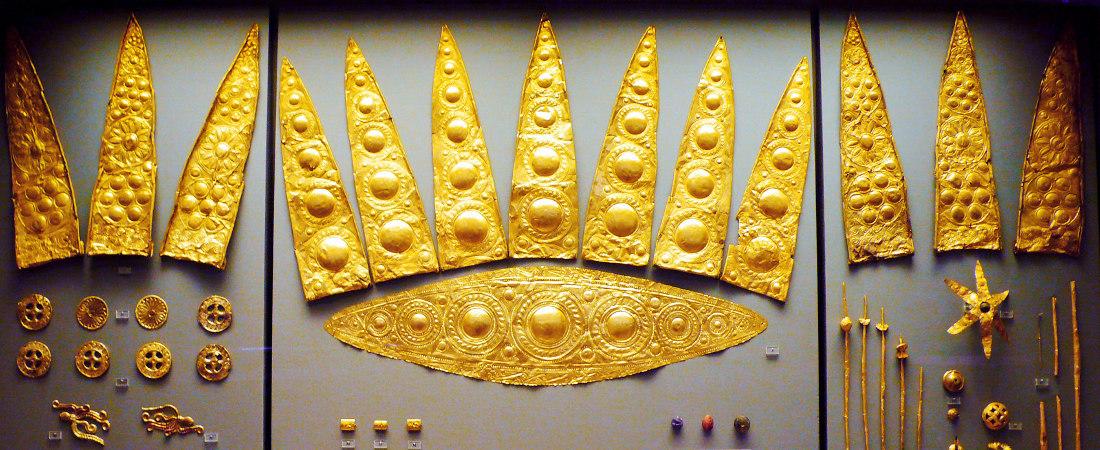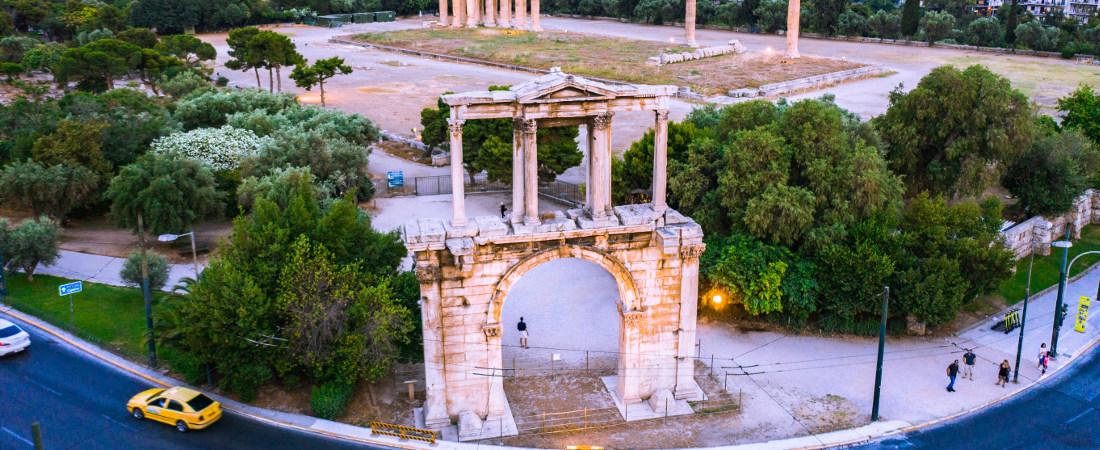O
The Temple of Apollo
Origin of the name
God Apollo is connected with the site by his epithet Delphinios, “The Delphinian“. Dolphins directly refer to the epithet in the Homeric Hymn to God Apollo. Recounting the legend of how the God Apollo first came to Delphi in the shape of a dolphin, carrying Cretan priests on his back. The Homeric name of the Oracle is Pytho.
Another legend claimed that God Apollo walked to Delphi from the north. On the way he stopped at the area of Tempe, a city in Thessaly, to pick laurel (also known as bay tree) which he considered to be a sacred plant. Afterward, in commemoration of this legend, the winners at the Pythian Games received a wreath of laurel picked in the Temple of Apollo. Noteworthily, the name Delphi may indicate archaic veneration of Gaia at the site.
The beginning
Delphi became the site of a major Temple to Phoebus Apollo, as well as the Pythian Games and the famous prehistoric oracle. According to the Homeric hymn to the Pythian God Apollo, God Apollo shot his first arrow as an infant and slew the serpent Pytho, the son of Gaia, who guarded the spot. To atone for the murder of Gaia’s son, God Apollo had to fly for eight years and spend them doing menial service. After claiming forgiveness, he was finally able to return. This incident is what inspired Sepeteria. The festival of Septeria was a yearly tradition. Every year the story was told again. Of course, the focus was exactly as it went. First, the slaying of the serpent and the flight, followed by atonement and, to conclude, the return of Apollo.
The ruins of the Temple of Apollo in Delphi Archaeological Site visible today date from the 4th century BC, and are of a peripteral Doric Building. It was erected on the remains of an earlier temple, dated to the 6th century BC which itself was erected on the site of a 7th-century BC construction attributed to the architects Trophonios and Agamedes.
Maintenance and reconstruction
During the 6th century BC, The Temple of Apollo in Delphi Archaeological Site was named the “Temple of Alcmonidae” in tribute to the Athenian family who funded its reconstruction following a fire, which had destroyed the original structure. The new building was a Doric Hexastyle Temple of 6 by 15 columns. An earthquake in 375 BC destroyed this temple. The pediment sculptures are a tribute to Praxias and Androsthenes of Athens. An earthquake in 375 BC destroyed this temple.
Of a similar proportion to the second temple, it retained the 6 by 15 column pattern around the stylobate. Inside was the adyton, the center of the Delphic oracle, Pythia. The temple had the statement “Know thyself”, one of the Delphic maxims, carved into it and the maxims were attributed to God Apollo and given through the oracle and/or the Seven Sages of Greece.
Desolation of the temple
The Temple of Apollo in Delphi Archaeological Site survived until 390 AD when the Roman emperor Theodosius the 1st decided to silence the oracle and destroy the temple and most of the statues and works of art in the name of Christianity. After that, zealous Christians, in an attempt to remove all traces of Paganism, destroyed the Delphi Archaeological Site.
If you would like to know more, join our experienced personnel and visit with one of our tours.
See the Delphi Archaeological Site with one of our tours:
(during the visit to Delphi, you have some free time to visit the Apollo temple on your own)
-
2 Day Tour to Delphi Archaeological site and visit of Meteora Monasteries
-
3 Day Tour To Epidaurus, Mycenae, Nauplio, Olympia and Delphi Archaeological Sites
-
2 Day Tour to Delphi Archaeological site and Visit of Arachova
-
3 Day Tour to Archaeological Site and Museum of Delphi and Meteora Monasteries
-
5 Day Tour To Epidaurus, Nauplion, Mycenae, Olympia, Delphi and Meteora Monasteries
-
8 Day Combined Tour Package to the Islands and Historical Sites of Greece
-
4 Day Tour To Epidaurus, Mycenae, Nauplion, Olympia, Delphi and Meteora Monasteries

